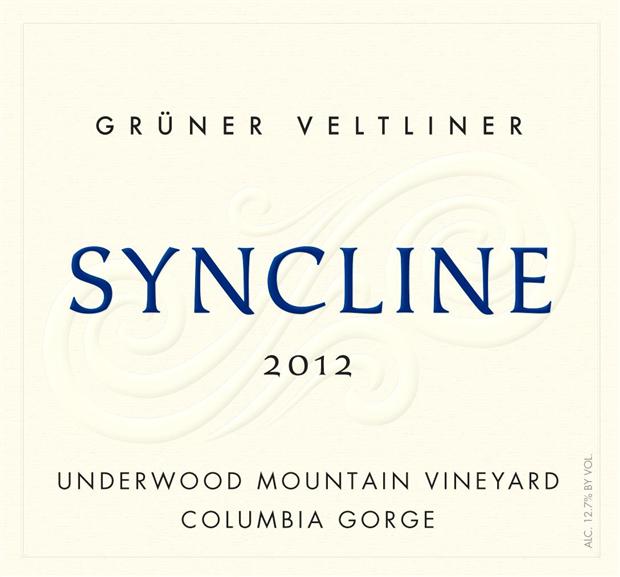
External search
Google (images)
Wine Advocate
Wine Spectator
Burghound
Wine-Searcher
Vintages
2022
2021
2020
2019
2018
2017
2016
2015
2014
2013
2012
2011
2010
2009
2008
N.V.
From this producer
Show all wines
All tasting notes
|
| Drinking Windows and Values |
| Drinking window: Drink between 2012 and 2016 (based on 14 user opinions) |
| Community Tasting History |
| Community Tasting Notes (average 86.8 pts. and median of 88 pts. in 6 notes) - hiding notes with no text | | | Tasted by vinoceros on 6/16/2012 & rated 90 points: Great wine! Pipe tobacco, baking spice, mineral, maybe some citrus. (1673 views) |
| Syncline Producer websiteGrüner VeltlinerGrüner Veltliner, (or Gruener Veltliner when spelled without the Umlaut) is an indigenous white grape from Austria. Grüner Veltliner accounts for nearly 30% of the country's plantings making it the most widely grown grape in the country.
Grüner Veltliner is grown throughout the wine growing areas of Austria, but is most prominent in the area of Neiderösterrich (Lower Austria.) Grüner Veltliner is an ancient descendant of the white grape, Traminer, its other parent remains unknown.
Grüner Veltliner is a DAC classified wine in the wine growing areas of the Weinvertel DAC (District Appellation Control), Kremstal DAC, Kamptal DAC, Traisental DAC and Lethaiberg DAC. Other important growing areas include the areas of Wachau, Vienna, and Wagram despite the fact these regions are not currently recognized under the DAC system. Grüner Veltliner wines typically 12.5% abv, but can have more or less dependent on the region, the year and winemaker's personal style.
Grüner Veltliner is most commonly known as a bone-dry, highly acidic grape with distinct aromas and flavors of white pepper, green apple and citrus. While this is the typical flavor profile for young Grüner Veltliner wines, it is important to recognize that Grüner Veltliner is a very expressive grape and will show different dependent upon the region in which it is grown. For example, the Weinvertel will demonstrate high-acid, white pepper and green apple as noted, but a Grüner Veltliner from the Wachau is likely to show characteristics more typical of that of Riesling -richer, deeper fruit and a touch of stone; still other regions display different expressions that can include tropical notes, stone fruits, flint, smoke and more.
Though many Grüner Veltliner wines are made for immediate consumption, Grüner Veltliner can have incredible aging potential and can often be compared with white Burgundy, after all they are grown at roughly the same latitude. Grüner Veltliner made for aging will likely be slightly higher in alcohol and contain later-harvested grapes.
Although Grüner Veltliner is typically vinified dry, it may also be used on its own or as part of a cuvée to make sweeter styles such as Beerenauslese, Trokenbeeranauslese, Ruster Ausbruch (in the town of Rust only) or Eiswein.
Grüner Veltliner is an average-ripening grape and is typically harvested in October in Austria though weather conditions can force vine growers to harvest early.
Gruner Veltliner may be found in other areas of the world under the name of Weißgipfler, Grünmuskateller (AT), Veltlínské zelené (CZ), Zöld veltelini (HU), Veltlínske zelené (SK) or Zeleni veltlinec (SL).USAAmerican wine has been produced since the 1500s, with the first widespread production beginning in New Mexico in 1628. Today, wine production is undertaken in all fifty states, with California producing 84% of all U.S. wine. The continent of North America is home to several native species of grape, including Vitis labrusca, Vitis riparia, Vitis rotundifolia, and Vitis vulpina, but the wine-making industry is based almost entirely on the cultivation of the European Vitis vinifera, which was introduced by European settlers. With more than 1,100,000 acres (4,500 km2) under vine, the United States is the fourth-largest wine producing country in the world, after Italy, Spain, and France. |
|




